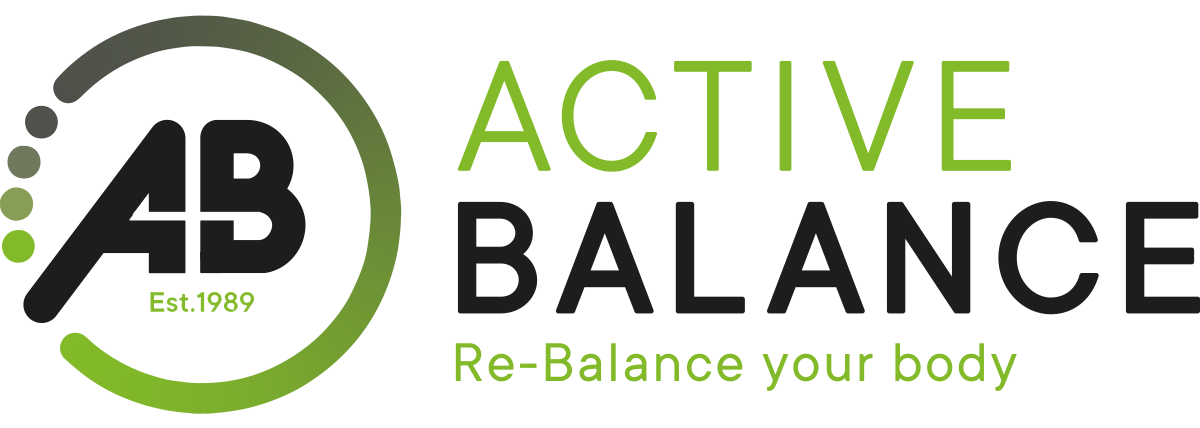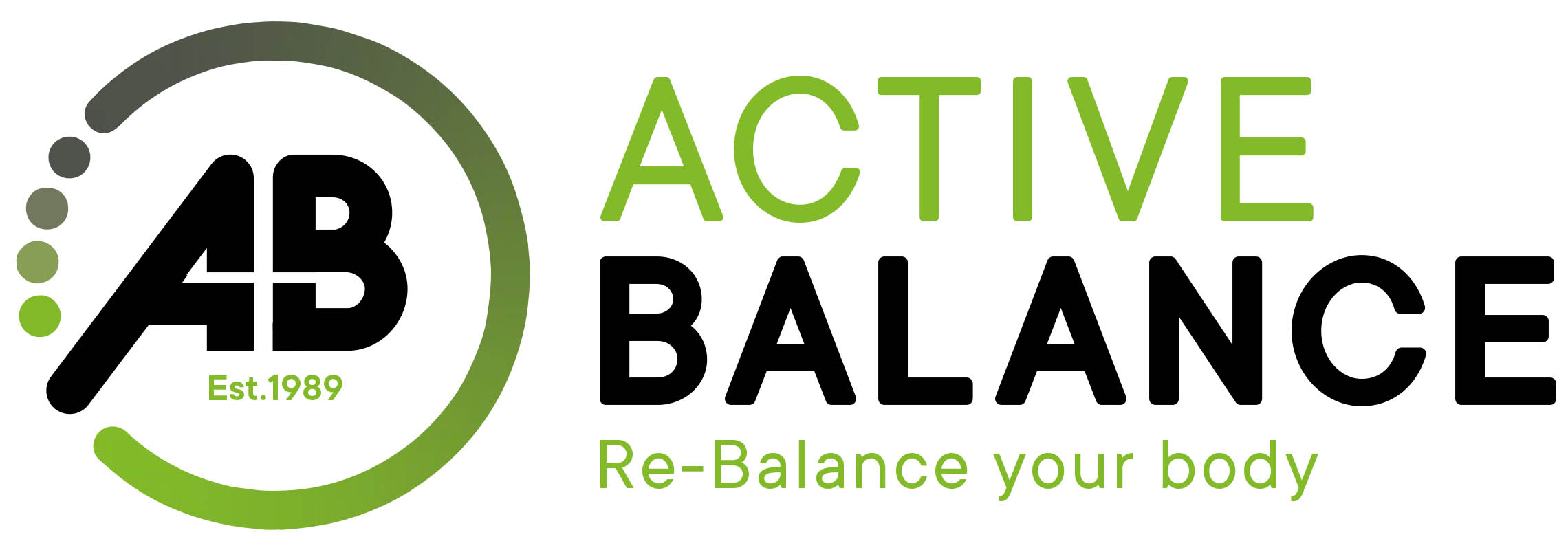Posture refers to the position and alignment of the body in relation to gravity. It involves the proper alignment of various body parts such as the head, shoulders, spine, and pelvis. Good posture allows the body to maintain balance, distribute forces evenly, and function optimally.
Alignment refers to the arrangement and positioning of body parts in relation to each other. It involves proper placement and balance of bones, joints, muscles, and connective tissues. When the body is in proper alignment, it allows for efficient movement, optimal function, and reduced stress on the musculoskeletal system.
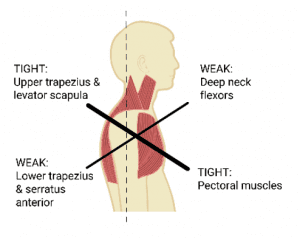 Good or bad posture isn’t something your born with. It develops over time and is dependant on the activities that we carry out during our everyday actions.
Good or bad posture isn’t something your born with. It develops over time and is dependant on the activities that we carry out during our everyday actions.
For example one sided, sports, hobbies and jobs can cause muscles on one side of the body to become tighter which can affect the alignment of our body. Sitting for long hours, whether in a car, at a desk or even in your arm chair, looking down at phones tablets or computer screens can cause certain postural muscles to tighten which can pull us forward into a stooped position. Often it can take years for the effects to show, and often happen without us even realising!
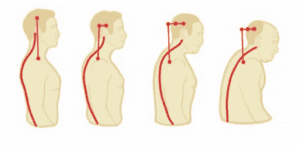
The human spine is a vital component of the musculoskeletal system and plays a crucial role in posture and alignment. It consists of a series of vertebrae that are stacked on top of each other. The spine has natural curves that help distribute forces and maintain balance. These curves include the cervical (neck), thoracic (upper back), lumbar (lower back), and sacral (pelvic) regions.
Maintaining proper alignment of the spine is essential for overall musculoskeletal health. It helps distribute the body’s weight evenly, reduces strain on the spinal discs, and minimizes the risk of injuries such as muscle imbalances, joint dysfunctions, and spinal misalignments.
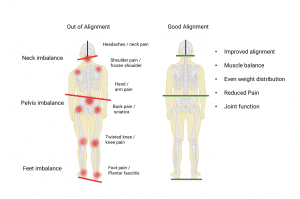
Having a well-aligned spine also allows for optimal nerve function and can positively impact overall health. When the spine is misaligned, it can cause nerve compression, leading to pain, discomfort, and even dysfunction in other parts of the body.
To maintain good posture, alignment, and a healthy spine, it is important to engage in activities that promote strength, flexibility, and body awareness. Regular exercise, proper ergonomics, mindful movement, posture and self treatment correction techniques can all contribute to supporting a healthy spine and overall musculoskeletal well-being.
The courses, products and online webinars within the Active Balance programme are all designed to help keep you aligned and healthy.
